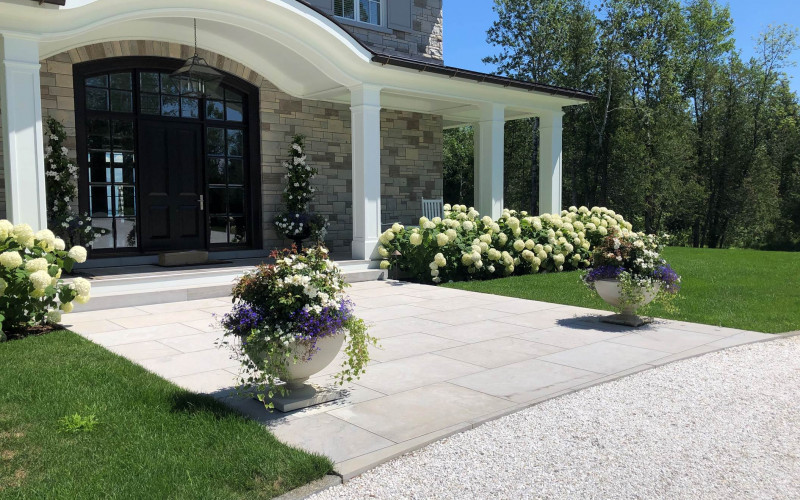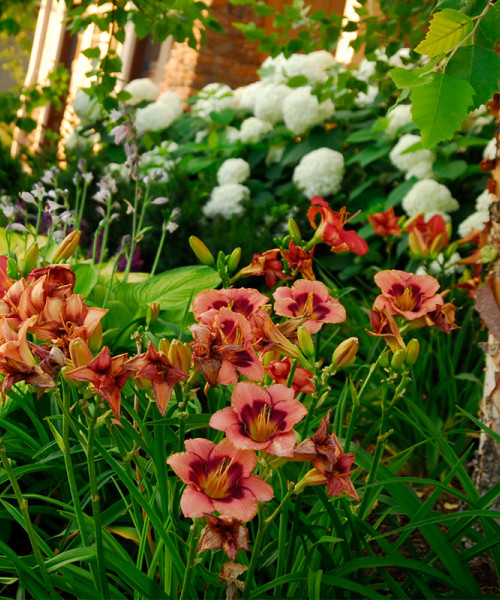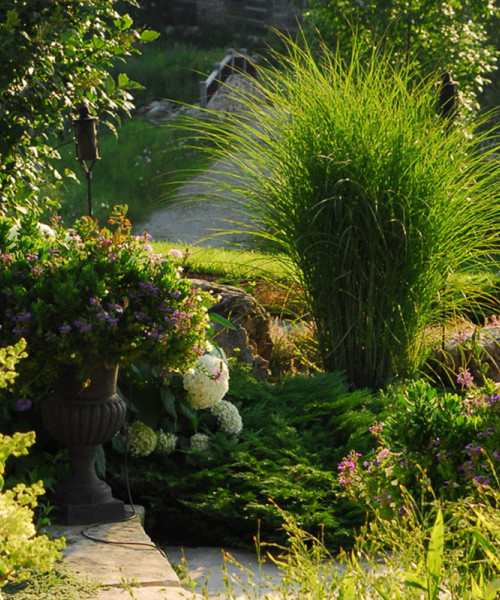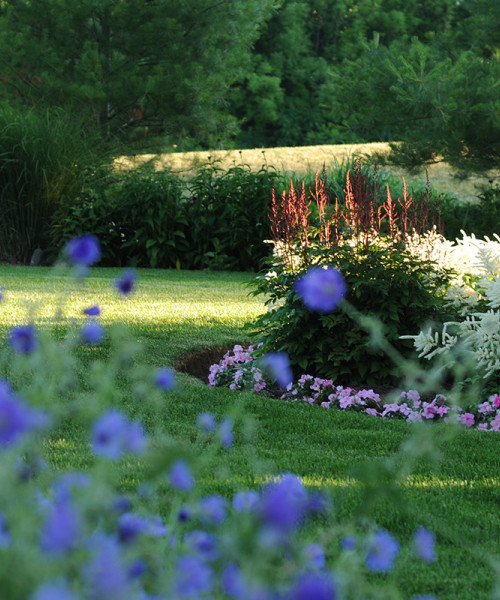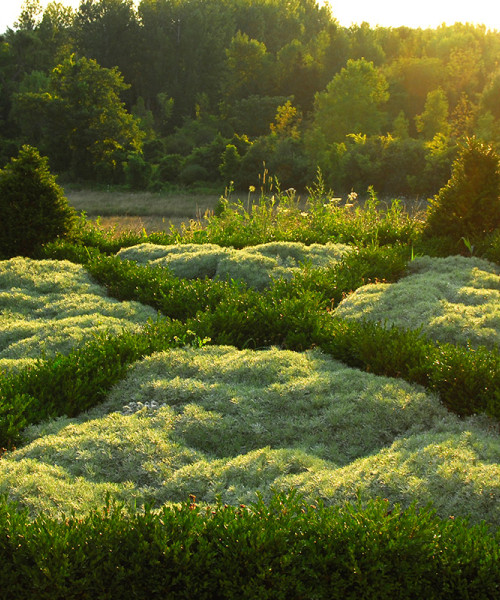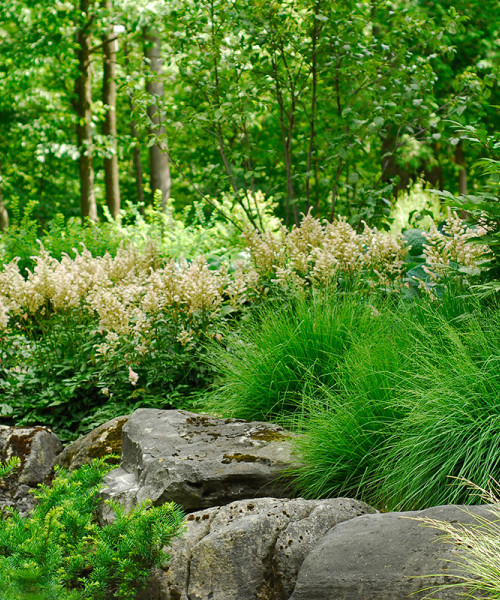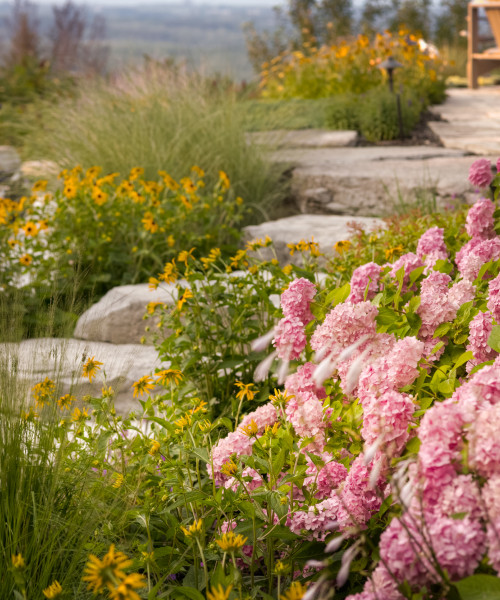Blog
Garden Design and Planting 101
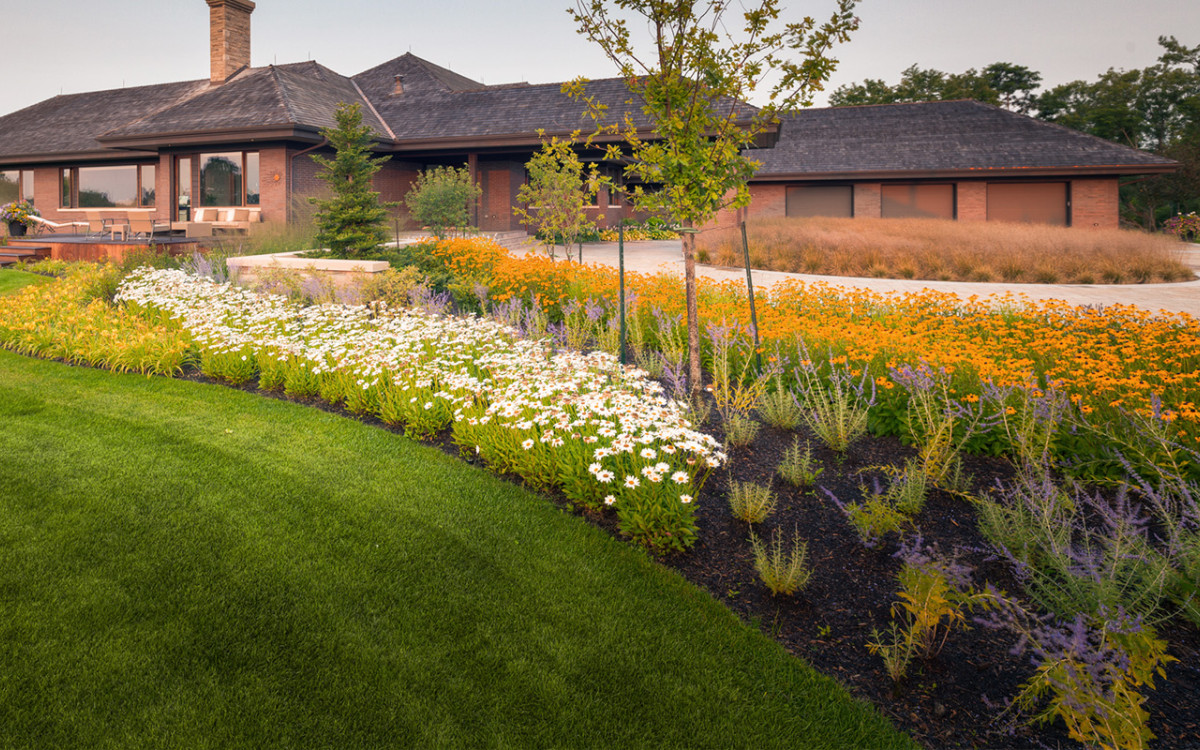
Creating a beautiful garden takes a lot of time and effort — it also takes knowledge and careful planning if you want a garden that continues to look fresh and delightful as it grows and matures over the years.
The thought you put into designing your garden is crucial for creating a visually appealing, healthy, and enjoyable outdoor space. Without some type of plan in place, your flower garden can end up looking unkempt and haphazard — overcrowded in some areas, sparse and bare in others. Some plants might start acting like weeds and take over your entire garden!
Designing a garden can be a fun and rewarding experience, but it can also be overwhelming if you're not sure where to start. In this post, we’ll explore the elements of good garden design and how to bring your vision to life.
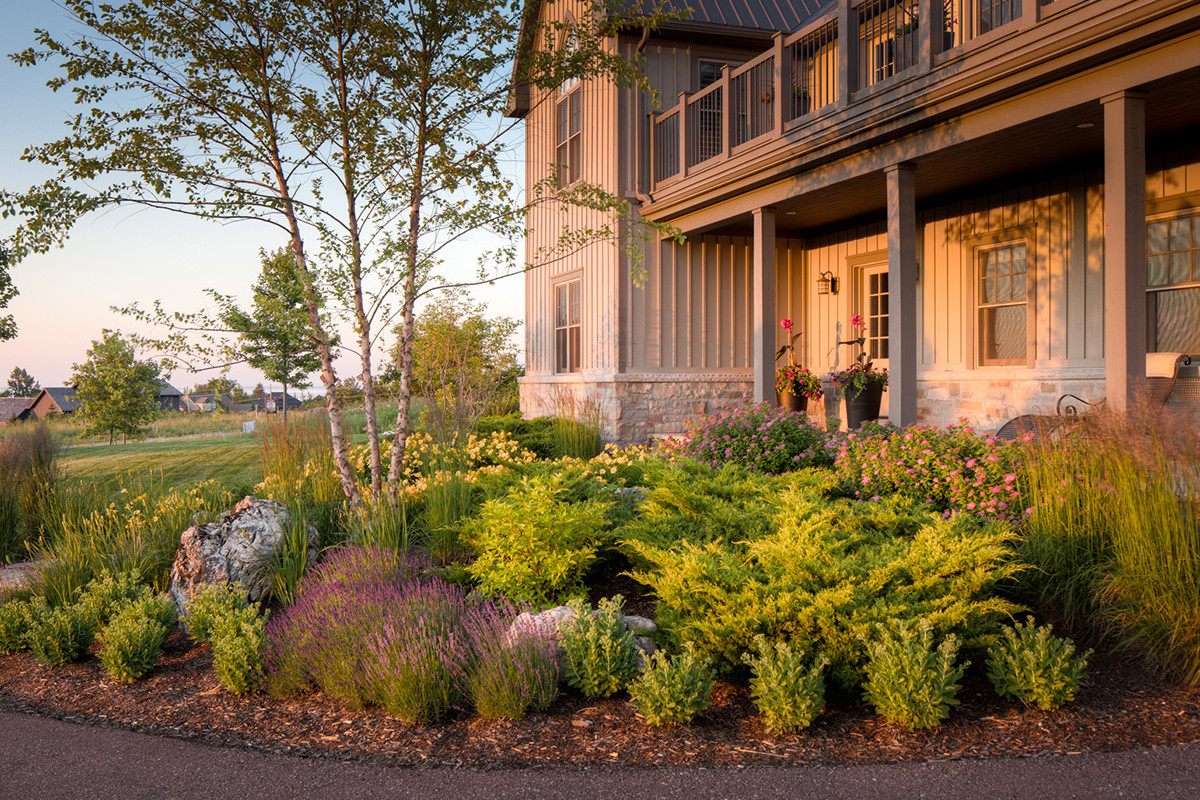
What kind of garden will you create?
Deciding what kind of garden you will create depends on a number of factors, so take the time to really think about the answers to these questions:
What is the purpose of your garden? Do you want a kitchen garden full of fresh herbs and vegetables? Are you looking to create a beautiful garden full of blooms to attract birds, bees and butterflies to your yard? Your goals for creating a garden determine which plants and design elements you should choose.
Where will your garden be located? The kind of plants you choose for your garden will be determined by a number of factors, including the amount of sunlight or shade available, the type of soil you have and the local climate.
How much time and effort will you devote to gardening? Some gardens require more maintenance than others, so it's important to choose a garden style that matches your level of commitment and available time. Of course, you could always hire us to take care of your garden for you!
What design style resonates with you? Do you prefer a formal or informal garden style? Is there a particular colour scheme that you want to incorporate into your garden? There are many different design styles, so decide which one reflects your preferences, style and personality.
Plan your garden
Now, that you know the kind of garden you want and where it will be, it’s time to create a plan. Sketch it out on paper, use a landscape design app or talk it through with a professional landscape designer.
Your design should include:
A rough plan of your entire garden — Include the location of plants, walkways, patios and other features to create a cohesive plan.
Plumbing and electrical rough-ins — You’d hate to have to dig up your patio to run water lines to your outdoor kitchen or install landscape lighting, so make sure to include these in your design, even if you won’t be adding them right away.
Careful plant selection — In addition to choosing plants that match your vision, site conditions, and style preferences, you’ll need to consider factors such as bloom time, colour, height, and texture.
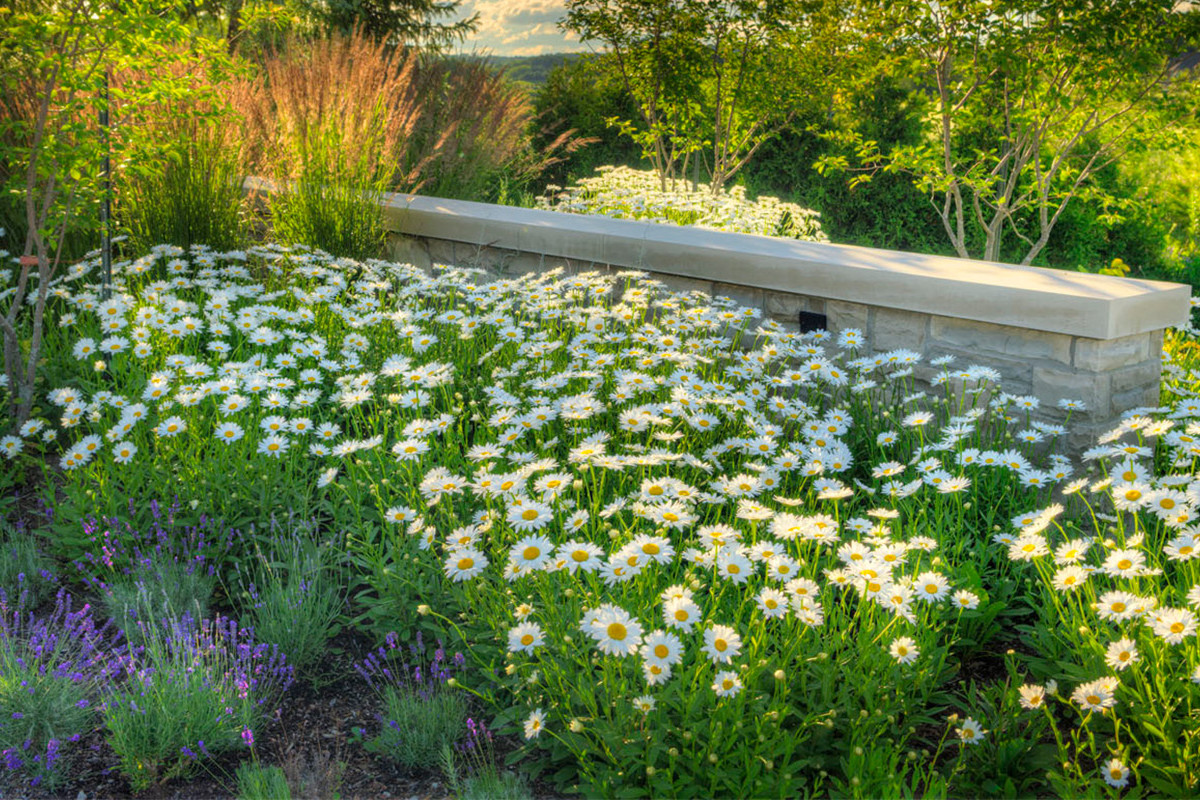
How to choose the right plants
Choosing the right plants for your garden is extremely important and is what trips most people up, so we’ll dive a little deeper into plant selection.
Know the difference between annuals, biennials and perennials — Annuals die after a single season, biennials live for two years (blooming in the second year and reseeding itself) and perennials live for two or more years, depending on how well they’re cared for. At the Landmark Group, we recommend using perennials as foundation plants and punching up the colour in your garden by planting seasonal annuals.
Know the bloom time of the plants you choose — Perennials have shorter bloom times than annuals, with most lasting for a single season. Make sure to choose plants that bloom at different times to keep your garden full of colour and interest. A garden full of spring-blooming flowers will look pretty lackluster in the summer unless you add a ton of annuals to your garden beds.
Learn to appreciate foliage — When people think of gardens, it’s the flowers that get all the attention. But there is an inherent beauty in the gorgeous range of colours that foliage brings to the garden.
Pay attention to planting instructions — When you purchase a plant from the garden centre, make sure to read the label. Pay particular attention to the plant’s size at maturity so you give it enough space to grow. While it may seem crazy to plant those tiny seedlings two feet apart, you’ll be glad you did when you see how big they can get in a season or two!
If you’re concerned about weeds filling up the space in the meantime, just make sure to apply a nice, thick layer of mulch.
Watch out for invasive plants — Technically speaking, invasive plants are non-native species that show a tendency to spread out of control. Some plants, such as periwinkle, goutweed, and English ivy are sold in garden centres as ornamental ground covers but are actually native to Europe and Asia and are extremely invasive here in Ontario.
If you still want to include these plants in your garden, plant them in containers or use a barrier to limit their spread. Left to their own devices, invasive plants can quickly colonize new areas, choking out the other plants in your garden.
Do you love gardens… but not gardening?
Depending on the plants you choose and the size and style of your garden, caring for it can eat up a lot of your time and energy. From early spring to fall, there’s always something that needs to be done, including mulching, fertilizing, weeding, deadheading, pruning and other maintenance tasks.
So, if you love gardens, but aren’t really a fan of gardening, you may want to consult a professional to help you. After determining the kind of garden you want, The Landmark Group’s horticultural experts will design, plant and maintain your garden for you, ensuring your garden continues to grow gracefully over the years.
Read More Posts
What to Expect During Landscape Construction
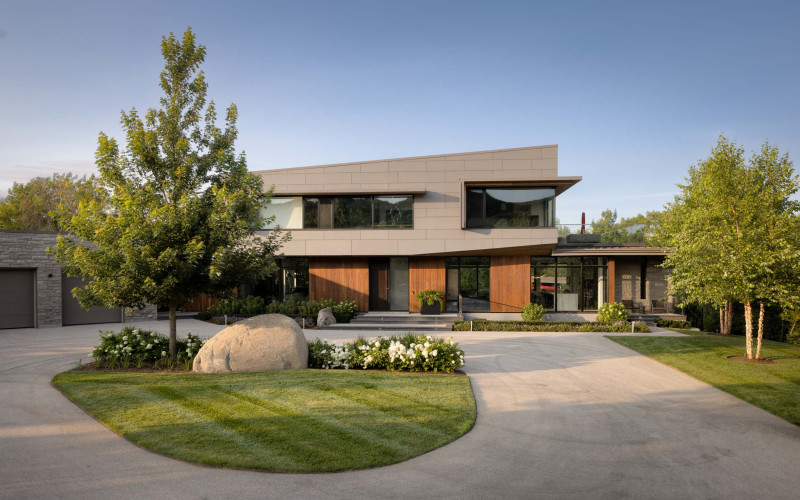
How to Make the Most of Your Front Yard
